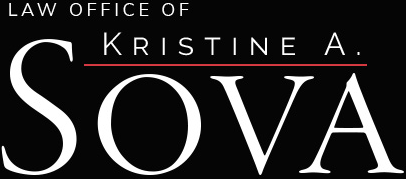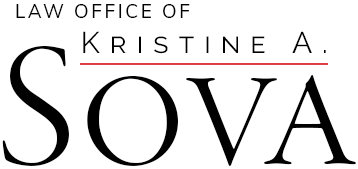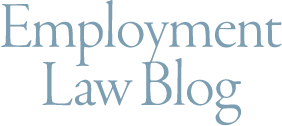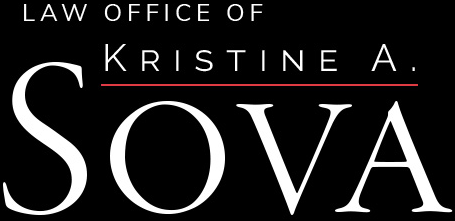Much has been written about the sexual harassment training now required for New York and NYC employers as a result of the #MeToo movement. The requirements, however, differ slightly for each jurisdiction. Here is a cheat sheet to the Who, What, When and How of the requirements under both laws.
Who? All employees must be trained. (If an employer is located in NYC and has 15 or more employees, there are some additional requirements in terms of what must be covered. See “What” below.)
What? The training must meet the following minimum standards:
- include an explanation of sexual harassment consistent with applicable state and local law and guidance;
- include examples of conduct that would constitute unlawful sexual harassment;
- include information concerning the federal and state statutory provisions concerning sexual harassment and remedies available to victims of sexual harassment;
- include information concerning employees’ rights of redress (i.e., the employer’s internal complaint process) and all available forums for adjudicating complaints (i.e., the U.S. Equal Employment Opportunity Commission, the New York State Division of Human Rights, and the NYC Commission on Human Rights) including contact information; and
- include information addressing the specific responsibilities of supervisory and managerial employees in the prevention of sexual harassment and retaliation (as well as their own conduct), and measures that such employees may take to appropriately address sexual harassment complaints.
In addition, for NYC employers with 15 or more employees, the training must include:
- an explanation of sexual harassment as a form of unlawful discrimination under local law;
- a statement that sexual harassment is also a form of unlawful discrimination under state and federal law;
- the prohibition of retaliation including examples; and
- information concerning bystander intervention, including but not limited to any resources that explain how to engage in bystander intervention.
As a best practice, employers should consider meeting the additional NYC standards even if the standards do not apply to their business.
When? The state training must be conducted by October 9, 2019. The city training must be conducted by March 31, 2020. All training must be given annually. For employers who are required to comply with both laws, the sweet spot for conducting training will be April 1, 2019 to October 9, 2019 and then annually thereafter.
How? The training must be interactive; however, this doesn’t mean that the training needs to be provided by a live trainer. Examples of employee participation that qualify as “interactive” include:
- If the training is web-based: it has questions at the end of a section and the employee must select the right answer, or the employees have an option to submit a question online and receive an answer immediately or in a timely manner.
- If the training is in person and/or given by a live trainer, the presenter asks the employees questions or gives them time throughout the presentation to ask questions.
- If the training is in person or web-based, there is a Feedback Survey for employees to turn in after they have completed the training.




